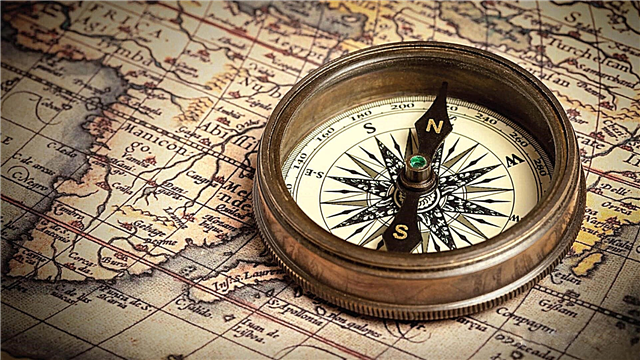
Most of the Earth’s hydrosphere, which surrounds the mainland of the planet and islands, is called the World Ocean. But a logical question arises, how do scientists determine the change in water level? After all, the continents are constantly moving.
Satellite Level Measurement
To regularly measure ocean level, scientists use satellite altimetry - a relatively simple and convenient way. This method is to determine the height of the satellite relative to the surface of the planet from the time it takes for the signal to be sent and received after reflection from the surface of the satellite.
Altimetry is successfully used in various fields: oceanology, geodesy, geology, etc. It also allows you to find out the geoid model - this is the form that the ocean could acquire under the influence of the Earth's rotation and gravity if it were not additionally affected by tides and wind.

It works as follows. The artificial satellite has an altimeter or altimeter on board. There are several varieties of such a device. For example, it is available in every aircraft and allows the pilot to determine the height at which it is located. Scientists know the coordinates of the satellite, the coordinates of its projection onto the Earth and the distance between the satellite and the surface of the ocean. Thus, the ocean level is also calculated.
Interesting fact: satellite altimetry is a relatively new method, it has been used for only about 40 years. The satellite was first launched to determine the level of the ocean by American scientists. This happened in 1975. The first satellite was called GEOS-3. He could set the height with an accuracy of 50 cm. Modern devices work with an accuracy of 5 cm.
When determining the height of the ocean, accuracy and regularity of observations are important. Therefore, satellites are launched into orbits according to special preliminary calculations. There are several ways to calculate the orbit, for example, isomicroscopic survey. The satellite is launched into orbit, where it must fly around the Earth several times - to make several turns. In this case, with each new revolution, the satellite is shifted by a predetermined constant value. A certain number of turns form a cycle of movement. After its completion, the satellite returns to its starting point and repeats the cycle again.

As a rule, new satellites are launched regularly. The scheme of their movement is constructed in such a way as to cover the entire surface of the planet. As a result, an imaginary grid formed by satellite "tracks" can be laid around the Earth. Satellites fly about 36 times per year along each such path, making isom Route surveys to record changes in ocean level.
Ground-based water vibration measurement
Before the invention of satellite altimetry, scientists used ground based methods. Hydrometeorological stations are located on coastlines. They are equipped with water gauging posts.The simplest device designed to measure the level is a water gauge. It is firmly fixed in the ground and is designed to ensure that even with a minimum water level, the “0” mark will be located under water. To maximize the reinforcement, breakwaters, piers, dams and other structures are used.

The stations also have special recorders - tide gauges. They constantly record water level fluctuations. Mareographs are float and hydrostatic. The static gauge works on the principle of aneroid barometer. When sea level changes, the sensors detect a change in pressure. They are very sensitive, and are installed in underwater structures or in wells.
The float device works by means of a float floating freely inside a special well, which is connected to a reservoir by means of a horizontal tube. Fluctuation of the float is transmitted to the device and recorded as a curve on the tape.

Why do these methods not give a complete picture of changes in ocean level, compared with satellite altimetry? Because they can only be used in coastal areas. In the open ocean, there are many additional factors that affect the water level: currents, uneven density of water masses, etc.
Changes in sea level are recorded using satellite altimetry. Artificial satellites are equipped with special instruments - altimeters (as in airplanes) and are launched into orbit. Satellites make numerous revolutions around the Earth, taking pictures of its surface. Knowing the coordinates of the satellite, its projection onto the Earth and the distance between the satellite and the surface of the ocean, one can calculate its level.












